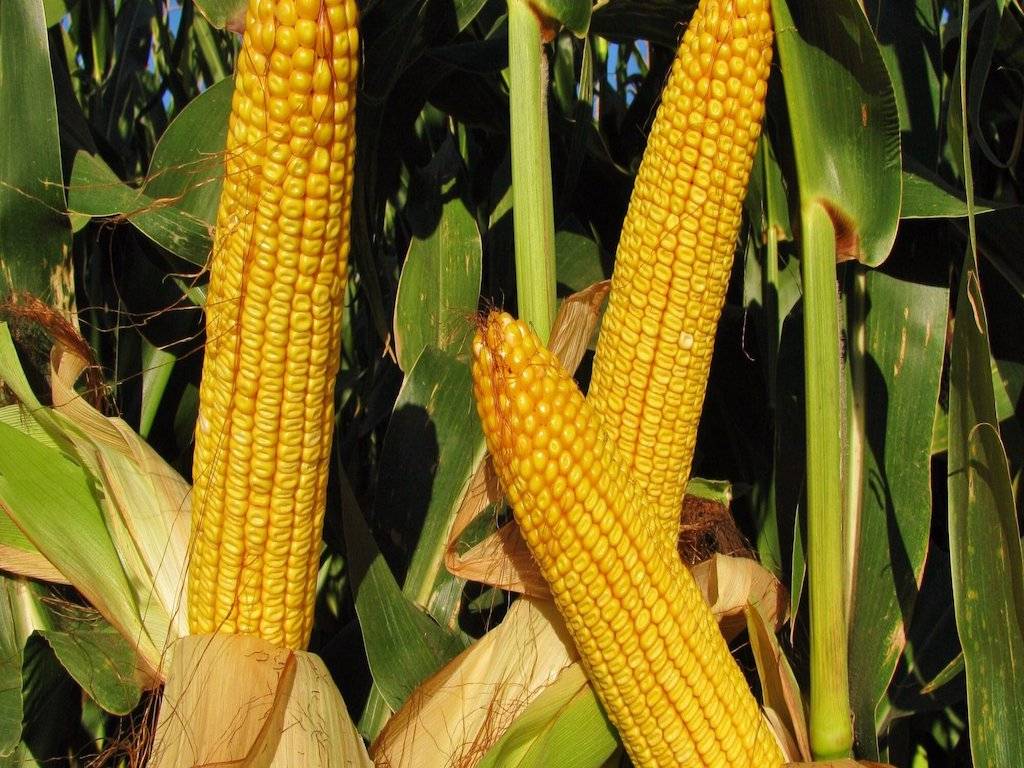
India's crop diversification challenges are likely to be aided by plans to use large amounts of corn to produce ethanol for its fuel blending program, which is intended to mix 20% ethanol with motor spirit by 2025-26.
At a press event on Tuesday, Food Secretary Sudhanshu Pandey said India would need near to 156 lakh tonnes of grains, mostly maize, to reach its ethanol production target in 2025-26. This is expected to strengthen the country's maize market, which has historically been a low-paying crop for farmers.
The Department of Food and Public Distribution(DFPD) estimates that 20% ethanol blending will save the country up to Rs. 30,000 crore in crude import bills, in addition to producing greener fuel.
By 2025-26, India is expected to produce around 1,350 crore litres of ethanol to cover its ethanol blending needs as well as for other purposes, according to the plan. Approximately 666 crore of ethanol would be produced solely from grains, with the remainder coming from sugarcane. Public sector oil marketing businesses have committed for a supply of 323 crore litres of ethanol in the 2020-21 ethanol year (which runs from November 2020 to October2021), which is enough for 8.5 percent blending.
Corn is the most common source of ethanol in the world, accounting for 73% of all ethanol produced. The rest is made up of sugarcane.
A corn-based distillery may generate dried distillers' grains containing solubles, which is a protein-rich element in poultry and animal feed, in addition to ethanol.“Any corn-based distillery that comes up now would have to have a DDGS plant integrated into it so that not just ethanol but also protein-rich DDGS diet for poultry and cattle feed is produced,” Pandey said. In the next few years, up to 100 new distilleries are projected to open around the country.
At the moment, India produces 280 lakh tonnes of corn, of which only 20% is consumed by humans. In the cow feed sector, over 60% is consumed in raw form. However, DDGS will provide you with a superior meal. “Another 20% is used for industrial purposes,”Pandey explained.
The government intends to use rice until corn becomes available for ethanol production, which it will give to distilleries at a cost of 20,000 per tonne. Rice is used as a feedstock to provide continuity until maize becomes available, according to the Food Secretary. “Broken rice from the market is more cheaper than the FCI rice monetarily, therefore the industry is still using it as a feedstock,”Pandey explained.
By 2025-26, sugar mills should be able to divert enough cane juice, B-, and C-heavy molasses to produce 60 lakh tonnes of sugar for ethanol production, offering the sector an option to deal with excess sugar production. India has been producing surplus sugar every year since 2010, with the exception of 2016-17, according to official data. The government has been providing export subsidies to the sugar industry to help them deal with the surplus.“However, India will not be able to provide such subsidies beyond December 2023 under WTO rules,”Pandey stated.

















